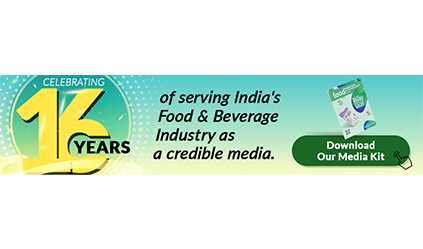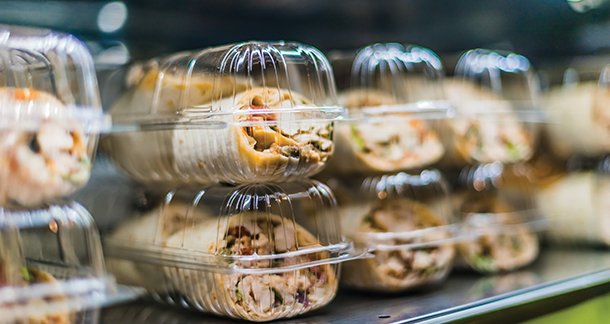In the bustling theatre of the modern Indian kitchen, a silent yet potent drama unfolds. The stalwart champions of convenience, shelf-stable, Ready-to-Eat (RTE) packaged foods find themselves in a compelling face-off against the newcomers to the quick-commerce (Q-commerce) food delivery ecosystem and isn’t merely a battle for shelf space; it’s a contest for the very definition of convenience in a society that craves speed and reliability. While the tempting allure of freshly cooked meals from favourite restaurants and cloud kitchens, delivered direct to your office cabins (latest last mile delivery in corporate parks by Zomato), doorsteps in a mere ten minutes right at the point of craving or the last minutes of your meeting before your lunch hours ticks.
The industry should not underestimate the enduring power of the RTE pantry. It’s a power rooted in practicality, affordability, and a quiet, steadfast assurance that transcends the fleeting thrill of instant gratification. This article delves into this fascinating tug-of-war, exploring how RTE, far from being relegated to a secondary role, continues to wield a unique value proposition, navigating the complexities of a market increasingly defined by digital speed and on-demand indulgence.
A Glimpse into the RTE Pantry:
The RTE shelf-stable category has evolved significantly from basic instant noodles and upma mixes. Today, consumers can find many options, ranging from regional delicacies to global favourites. Brands like MTR, Haldiram’s, Gits, and Kohinoor have successfully captured the market with their diverse offerings. Consider the convenience of an MTR Dal Makhani or a Haldiram’s Rajma Chawal, requiring only a few minutes of heating before consumption. These packs offer a taste of home, a quick meal solution for busy professionals, and a travel-friendly option for those seeking familiar flavours.
The Convenience Factor: A Double-Edged Sword:
The primary advantage of RTE shelf-stable packs lies in their unparalleled convenience. They eliminate the need for extensive cooking, ingredient sourcing, and cleaning. Their long shelf life allows for pantry stocking, ensuring a readily available meal option. However, the Q-commerce revolution, spearheaded by platforms like Swiggy, Zomato, and EatSure, has redefined convenience. The ability to order a freshly cooked meal from a vast array of restaurants and deliver it within 10-15 minutes poses a significant challenge to the RTE sector.
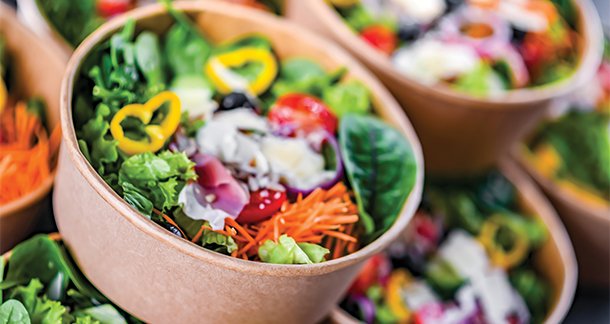
Why RTE stands over Instant delivery?
Despite the allure of instant delivery, RTE shelf-stable packs retain a strong foothold for several reasons and here are a few:
- Cost-Effectiveness: RTE packs are more affordable than restaurant meals delivered via Q-commerce platforms. For example, a single serving of Rajma Chawal from a popular RTE brand might cost ₹150-₹169, while a similar dish ordered from a restaurant could easily exceed ₹200-309 (Swiggy – Chennai), including delivery charges, platform fees, and taxes. Hence, RTE has become a budget-friendly choice for daily meals or for those seeking to control their food expenses.
- Pantry Staple: The long shelf life of RTE packs makes them ideal for pantry stocking. This ensures a readily available meal choice during unexpected situations, travel, or time constraints.
- Controlled Ingredients & Dietary Needs: Consumers with specific dietary requirements or allergies can carefully scrutinize the ingredient list of RTE packs. This level of control is often lacking in restaurant meals.
- Travel and Outdoor Activities: RTE packs are perfect for travel, office cravings, camping, or hiking, where access to cooking facilities is limited.
- Reduced Dependency: Consumers are not reliant on their delivery partners, and they can purchase in Q-commerce and eat when they choose.
Navigating the competitive landscape: NPD Strategies for RTE:
RTE manufacturers must focus on innovation and address evolving consumer preferences to compete effectively with Q-commerce platforms. Key areas of focus include:
- Premiumization and gourmet offerings: The market is ripe for premium RTE options catering to discerning palates, which consist of gourmet versions of popular dishes, fusion cuisine, and high-quality ingredients.
- Health and wellness focus: Consumers are increasingly health conscious. RTE manufacturers should explore options with reduced sodium, sugar, and fat content and products that are low sodium, low fat, low oil, low calorie, gluten-free, vegan, or even organic.
- Regional and international flavours: Expanding the range of regional and international cuisines can attract a broader consumer base, which involves authentic recipes from lesser-known regions or innovative fusion creations.
- Enhanced packaging and presentation: Appealing packaging and presentation can enhance the perceived value of RTE products using sustainable packaging materials and innovative packaging designs that improve the user experience.
- Focus on freshness and authenticity: Explore technologies that preserve ingredients’ freshness and authentic flavours. Some technologies beyond retort processing, like MAP technology, improve to maintain better texture and taste.
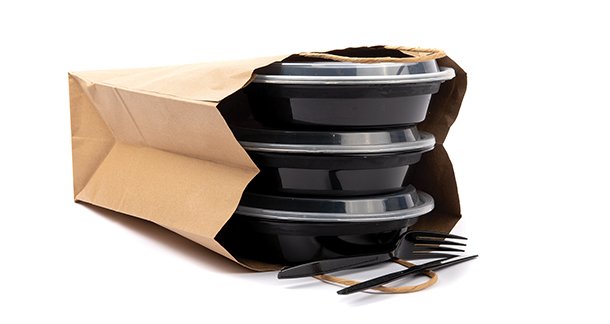
Pricing strategies: Balancing affordability and value:
Pricing plays a critical role in the success of RTE products against freshly cooked meals. Manufacturers must strike a balance between affordability and perceived value.
Strategies include:
- Value packs and Bundling: Offering value packs or bundling complementary products can enhance affordability and attract budget-conscious consumers.
- Tiered Pricing: Introducing different price tiers for basic, premium and gourmet options can cater to a broader range of consumer budgets.
The freshness factor: Addressing the Q-commerce advantage:
The primary advantage of Q-commerce platforms lies in their ability to deliver freshly cooked meals, and RTE manufacturers must acknowledge this and address the perception of processed food:
- Emphasis on ingredient quality: Highlighting the use of fresh, high-quality ingredients can counter consumers’ perception of processed food.
- Transparency in processing: Providing clear and transparent information about the processing methods can build consumer trust.
- Focus on nutritional value: Emphasizing the nutritional value of RTE products and the nutritional information of essential nutrients served per pack/serving. Communication of the health benefits and concerns will gain trust and lead to a healthier decision while purchasing RTE.
- Highlight the controlled environment of the processing facility: Many RTE products are created in very controlled and clean environments, which restaurant-cooked food often misses in the whole HoReCa channel.
The reach and spending patterns:
While Q-commerce excels in urban centres, RTE products have a broader reach, penetrating suburban and rural markets with limited delivery services, which adds a significant advantage. Spending patterns also differ. Q-commerce orders often involve impulse purchases and higher per-order costs, driven by convenience and variety. On the other hand, RTE purchases tend to be planned and budget-conscious, with consumers stocking up on essential items.
Addressing concerns about freshly cooked foods:
Restaurants, while offering fresh meals, may have inconsistent cooking practices. For instance, excessive oil, salt, and sugar use is common, often without clear nutritional information. With their controlled environments and standardized recipes, RTE manufacturers can provide greater assurance of food safety and nutritional consistency. They can educate consumers about hygiene and safety, consistent cooking patterns and reduced risk of foodborne illness.
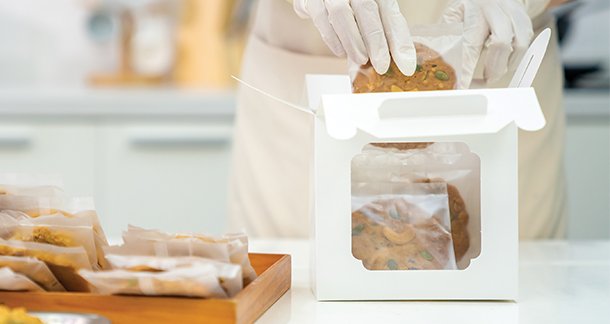
Conclusion: The Future of RTE in a Dynamic Market:
The RTE industry faces a dynamic and competitive landscape driven by the rise of Q-commerce food delivery platforms. However, embracing innovation, focusing on quality, and adopting new technologies like MAP, among others, is essential. The most critical strategic approach is pricing and distribution so that RTE manufacturers can thrive. They must also emphasize the advantages they provide in various aspects like safety, consistency, and reach, which are the key win-win factors that we could expect in the future of the RTE market in India.
About the Author
Kishore Kumar R. is a seasoned market researcher at Firstmr Business Analytics with a unique background, ranging from traditional mushroom farming to culinary partnerships with ITC chefs and sports nutrition formulation. With over six years of expertise in the Indian and global food ingredients markets—including dairy, protein, savory ingredients, fibres, emulsifiers, starches, and plant-based foods—he has led multiple product development projects and innovation hackathons, delivering successful outcomes for clients in the food industry. For inquiries, reach out at kishore@firstmr.com.
